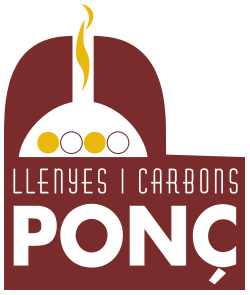Firewood / Biomass
Residual waste/biomass is the waste generated in agricultural activities
Residual waste/biomass is the waste generated in agricultural activities such as pruning and clearing and in forestry and livestock activities and the waste from the food industry (e.g. almond shells, olive stones) and wood processing industry (e.g. sawdust). Biomass can be used in all areas, from small household installations (wood fireplaces or fireboxes) to medium-sized ones (farm heaters) and large ones (power stations to generate electricity or supply heating to a district or city).
Firewood is divided mainly into softwood and hardwood, depending on their calorific value or, in other words, their ability to release calories and heat, so they have very different features. Hardwood is durable wood with a high calorific value that provides consistent and long-lasting embers. We serve the following varieties of dry wood.
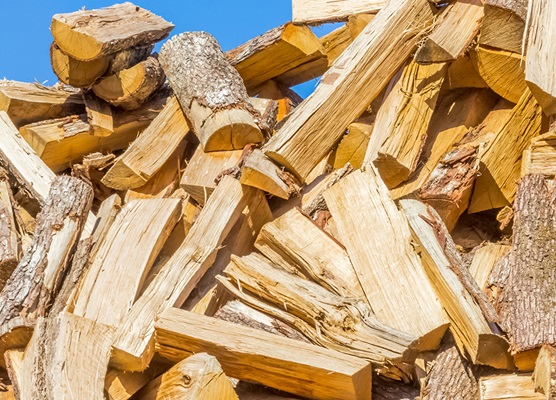

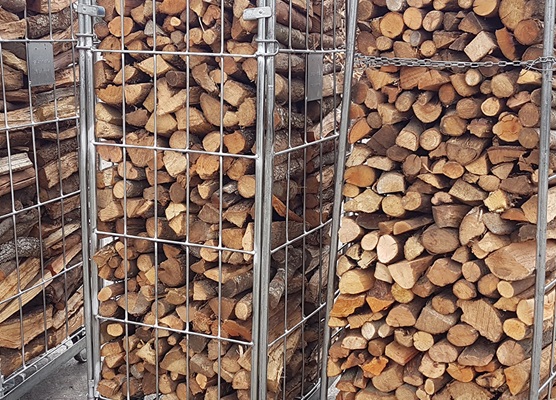

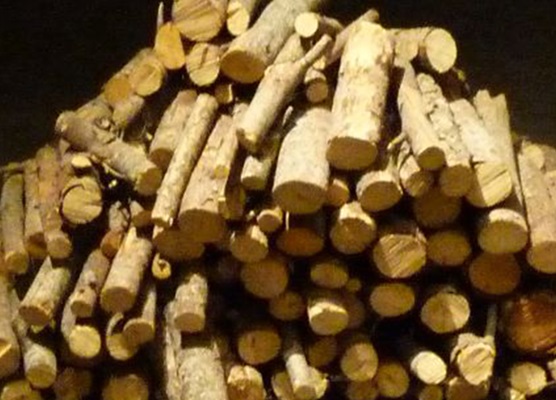

Wood Briquettes
Firewood briquettes. This fuel is produced with the sawdust and shavings from the wood industry which, pressed with heat and the lignin of the wood itself at high pressure, turn into a product with a high calorific value that is ideal for fireplaces, heaters and boilers. It lights fast, is easy to store, 100% natural and ideal for fireplaces, heaters, boilers, bakeries, commercial ovens and the hospitality industry in general. We also have hazelnut briquettes.
The briquettes are a biofuel in the form of a solid block (cylindrical or square) and made from hazelnut shell residues. Like other briquettes, they have a high calorific value, do not produce smoke and are easy to transport and clean while handling. They are eco-friendly and natural and are a clear example of natural biomass, which is much appreciated for their respect for the environment.
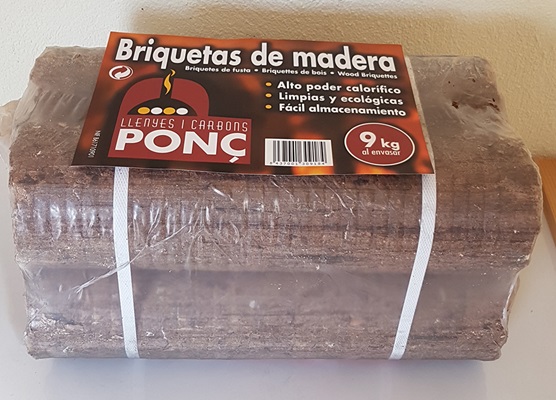

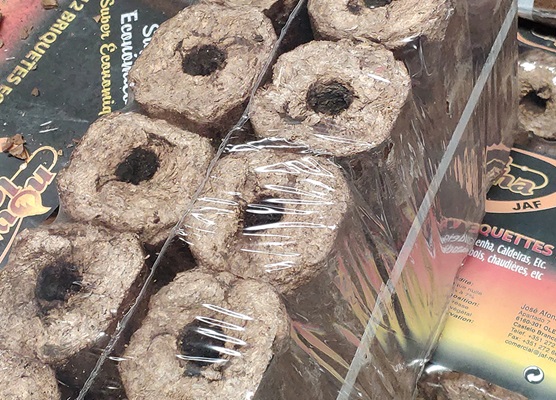

Wood Pellets
Wood pellets are a solid biofuel made by compacting by-products from the wood industry, mainly sawdust. They are ideal fuel for biomass boilers and heaters; the small cylinders are a few millimeters in diameter, made from dry natural sawdust, compacted at high pressure, with a dense and hard composition that gives it a higher calorific value.
They are 100% natural, do not pollute and are non-toxic. They can be used for heating and hot water for any home, hotel, swimming pool, industry, etc. in special heaters and boilers for pellets. It is a very economical fuel, does not require chopping down trees, occupies little space, and does not produce foul odor or smoke.
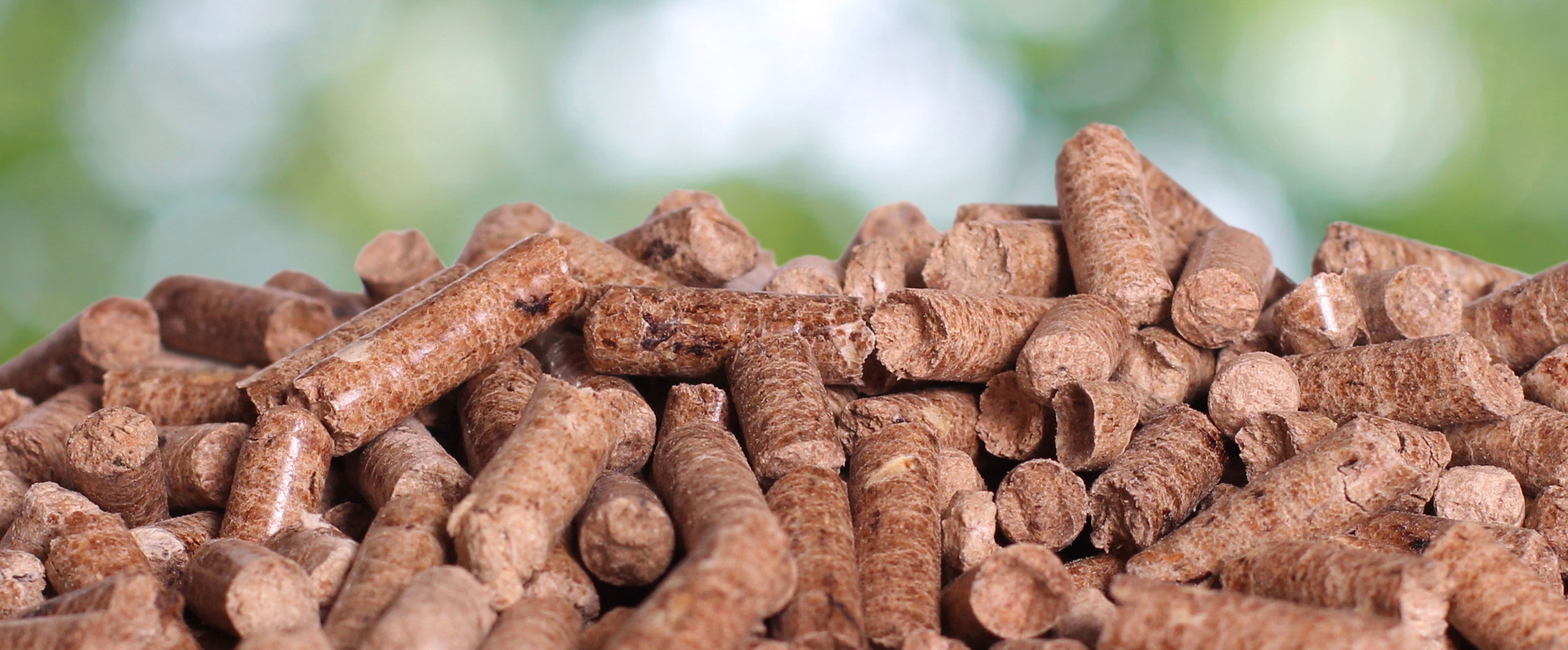
Vine Shoots
The shoots collected from vine pruning undergo a 6-8-month drying process and then two siftings to remove their impurities and subsequently package them completely clean and ready for barbecues, achieving a powerful aroma and a high calorific value for roasting since this gives a special aroma and taste to cooked foods such as fish, vegetables and meat. They are ideal for barbecues, grilled dishes, calçots (barbecued onion shoots), rice dishes and paella.

Firewood
Firewood is divided mainly into softwood and hardwood, depending on their calorific value or, in other words, their ability to release calories and heat, so they have very different features. Hardwood is durable wood with a high calorific value that provides consistent and long-lasting embers. We serve the following varieties of dry wood.
Pine waxes
Oak belts
Straps to light
Packaged firewood bags
Wood briquettes
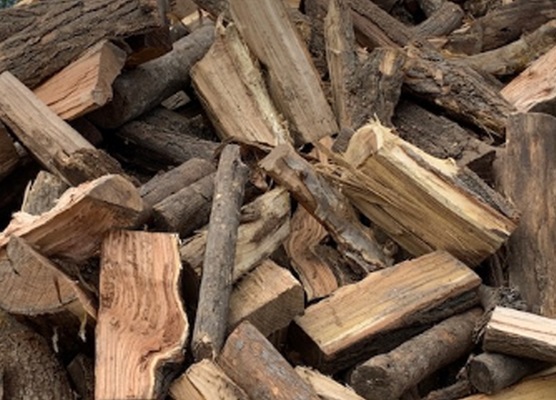

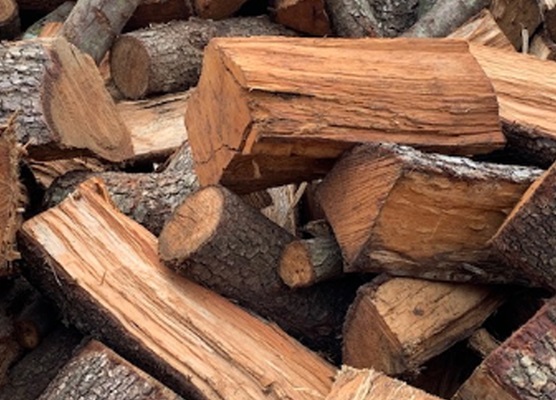

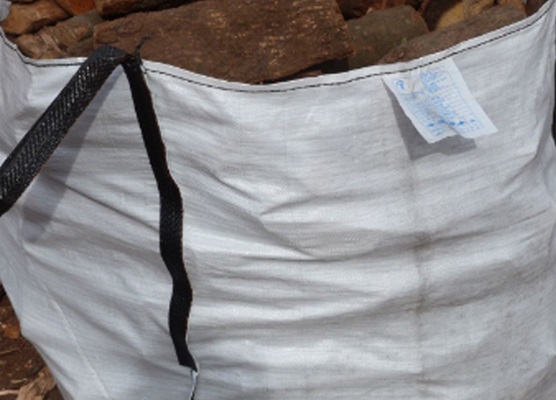

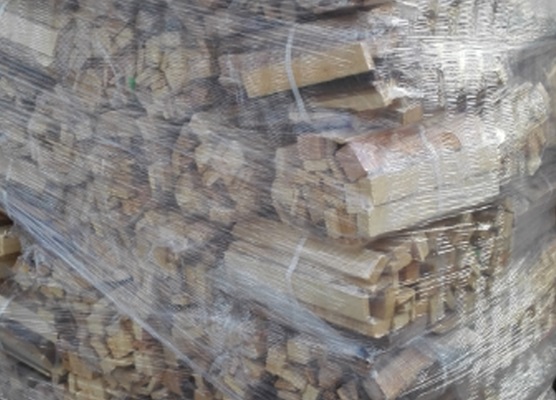

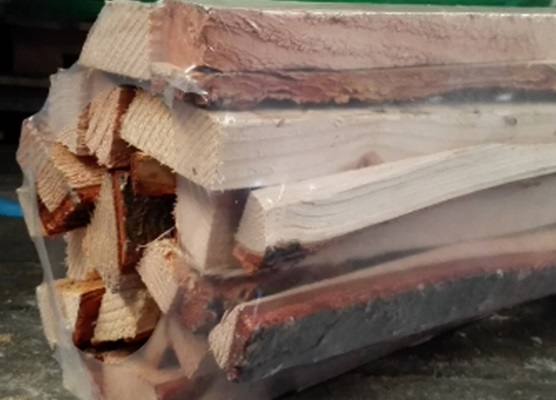

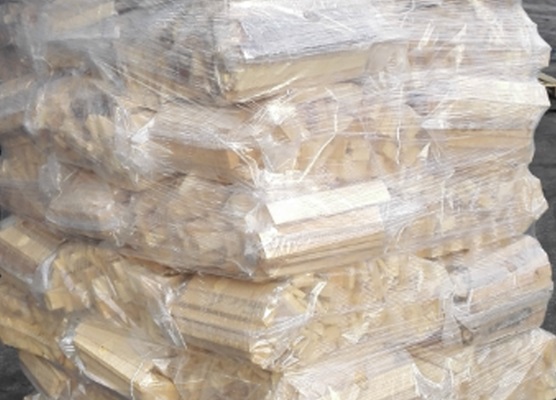

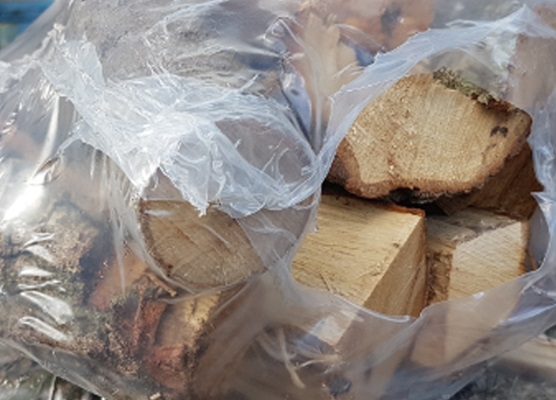

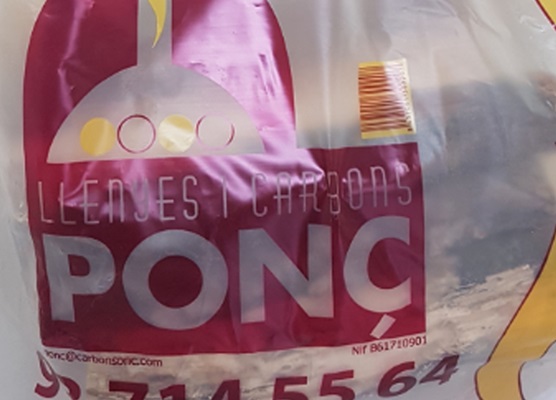

Holm oak firewood:
This is one of the hardest woods and has the largest weight. It provides excellent embers for cooking, so it is widely used for barbecues and restaurants. The holm oak is a slow-growing Mediterranean tree and its wood has low moisture content. Although it takes longer to light, it provides considerable embers and is ideal for staying lit a long time.
Beech firewood:
It is slightly less hard than holm oak wood, although this wood lights well, burns well and provides many flames. It provides less smoke, is ideal for closed fireplaces as well as iron and firestone fireplaces, and is the most used for bread ovens and pizzerias and for making calçots (barbecued onion shoots). Beech is a fast-growing continental climate tree and grows in damp and cold places.
Olive firewood:
Although it is considered hardwood, olive is the softest among these woods and is ideal for lighting a fire rapidly, has a high calorific value and lasts for a short time. Its green wood provides many flames, making it suitable for heating. The olive tree grows in warm and dry climates, it grows fast and its wood is not very heavy or dense. It lights very quickly although it should be mixed with other types of wood so that the fire lasts longer. It has a distinctive aroma.
Soft or low quality firewood:
These types of wood last for a short time have a lower calorific value and do not provide consistent flames. They come from fast growing or fruit trees and are usually used for helping to light a fire since they burn quickly.
